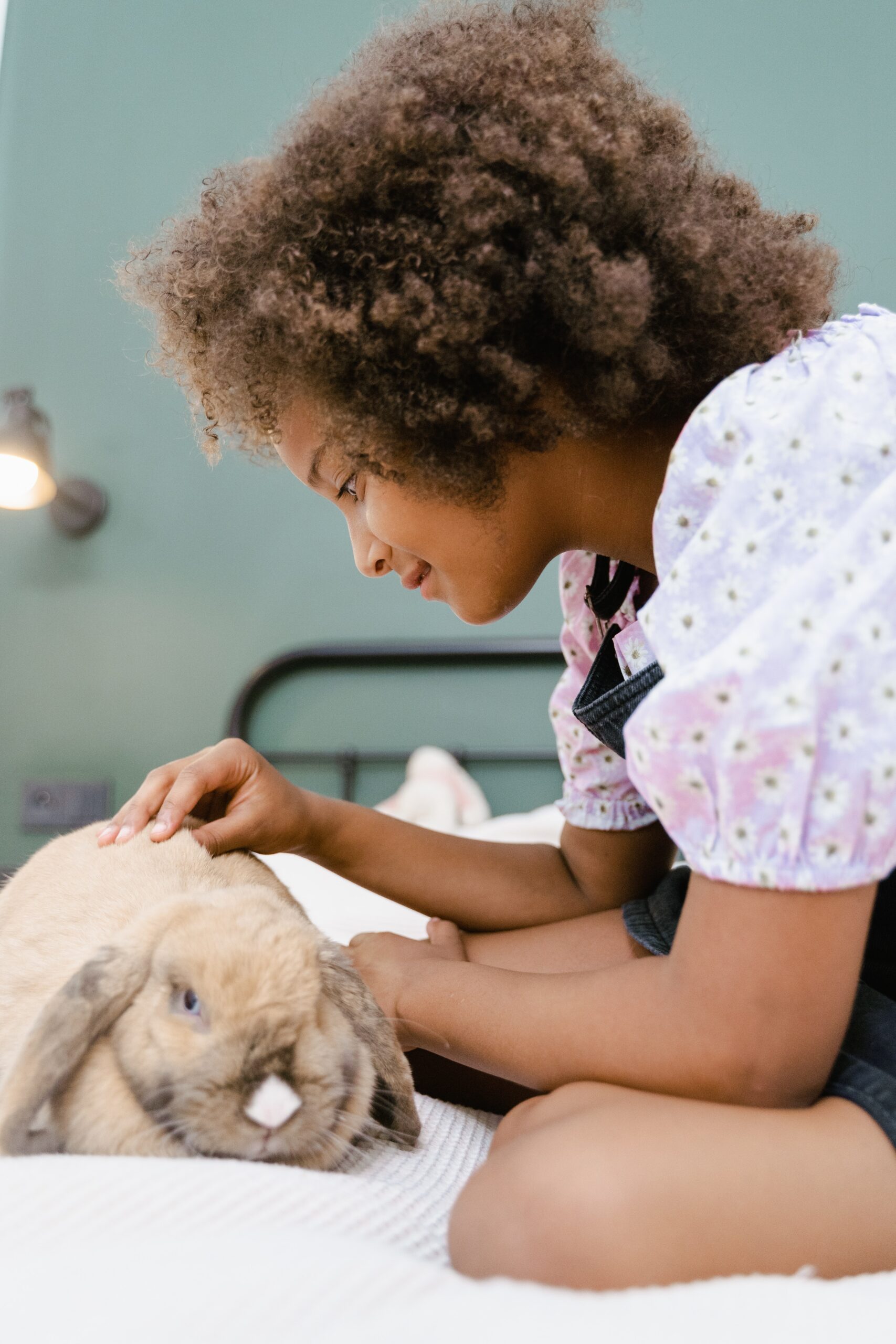What your rabbit’s body language is telling you
by Ontario SPCA and Humane Society | General Pet Care | July 6, 2023

If you’re considering adopting a rabbit, or if you already have one in your home – it’s important to understand rabbit behaviour and body language.
Rabbits are prey animals and timid by nature, so you need to be patient if your rabbit seems shy at first. Hand-feeding treats helps to engage the rabbit and reinforce social interaction.
Rabbits speak to other rabbits and to humans by using extensive body language and a few vocalizations. The following general descriptions of rabbit body language should help you understand rabbit behaviour.
Offensive postures can include:
- Both ears back against head: this can also be a sign of fearful behaviour; look for other signs of offensive posture to distinguish between the two
- Tail is erect
- Tail is wagging
- Body is tensed
- Thumping to express anger, or warn of danger
- Nipping could be a warning when combined with other body language such as an erect tail, or laid-back ears
- Grunting/growling indicates discomfort
Defensive postures include:
- Both ears back against head can indicate unsure or fearful behaviour if no signs of offensive posturing are noted
- Body tensed
- Whimpering or squealing are normally associated with distress and pain
- Screaming indicates mortal terror or severe pain
Social:
- Both ears forward and attentive
- One ear forward, one ear back (listening to you and to something else)
- Flopping: rabbits literally throw themselves onto their side as a sign of relaxation
- Chin-rubbing: rubbing secretions from the scent glands under the chin to mark their territory. The scent is undetectable to humans
- Circling around your feet as a means of getting attention
- Nudging: an invitation/demand to be groomed. The rabbit gives you a nudge and puts his/her head down to the floor in an extended position with relaxed ears
- Snorting to request attention or to indicate that the rabbit does not like something. (It could also be a symptom of an upper respiratory infection)
- Squeaking is an indication of closeness and intimacy
- Bunching: pushing, pulling, and biting bed linens, towels, pillows
- Chewing, digging, and burrowing are natural rabbit behaviours
- Climbing, running, and hopping are examples of exploring and play behaviour
- Tooth clicking is a light grinding or clicking of the teeth that indicate pleasure and contentment
- In contrast, tooth grinding indicates severe pain, discomfort, or distress
We hope you found this article helpful in better understanding your rabbit’s behaviour, and body language! For more rabbit care tips, click here.
Categories
Testimonial
Thank you so much for all you do
Thank you so much for all you do every day to rescue animals in need. I can’t imagine the terrible situations that you see every day. It is great that you have the heart to help. Keep up the good work.
